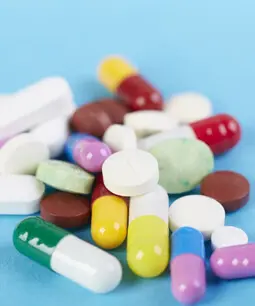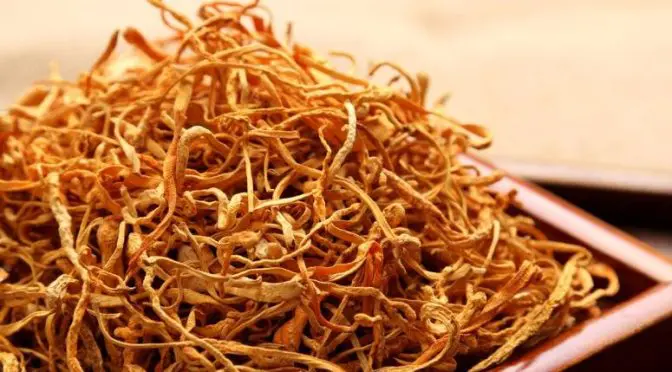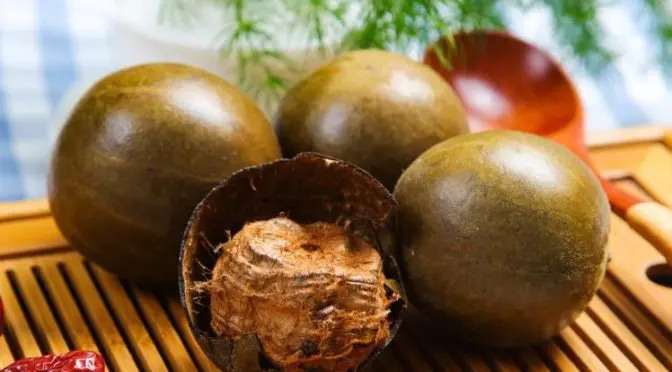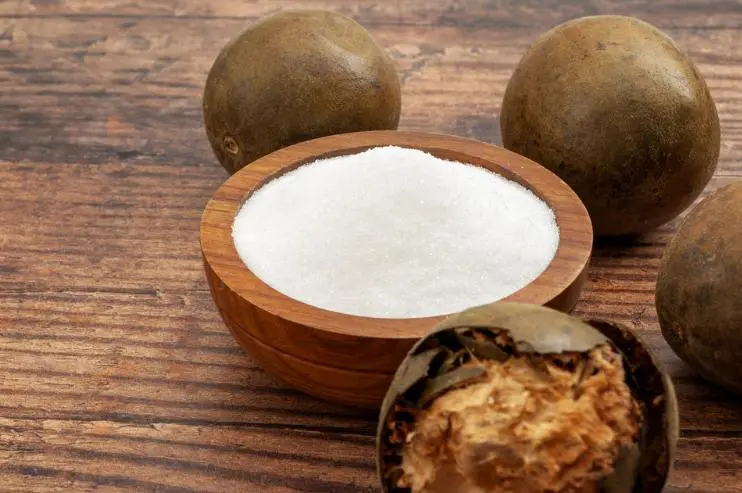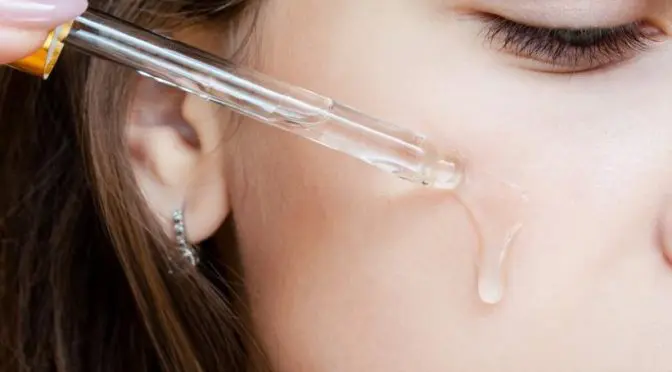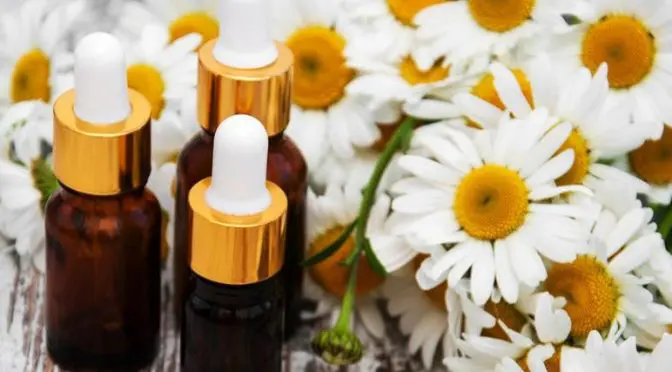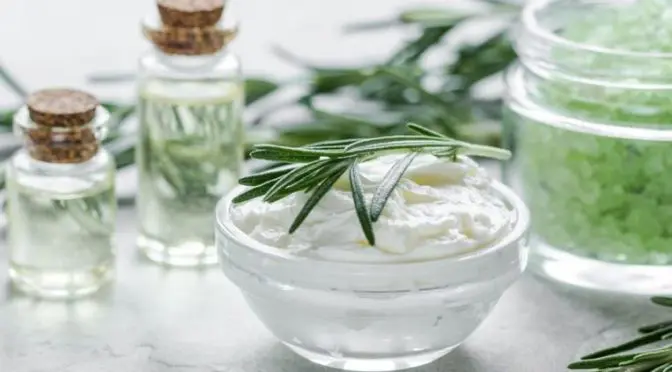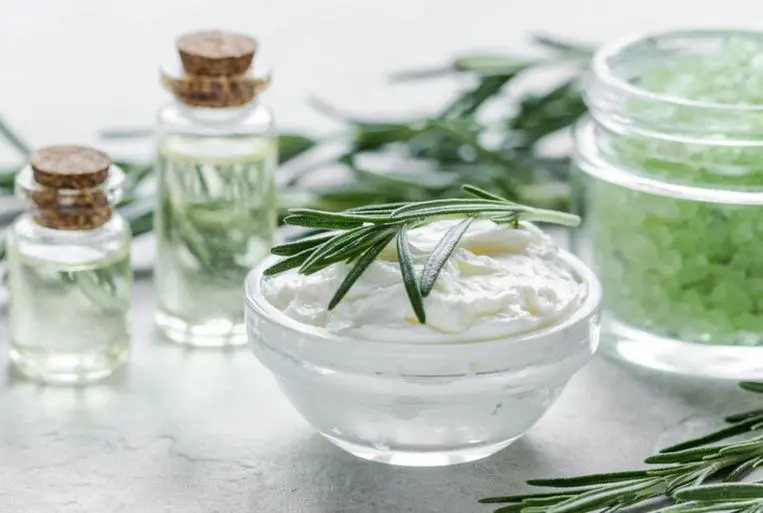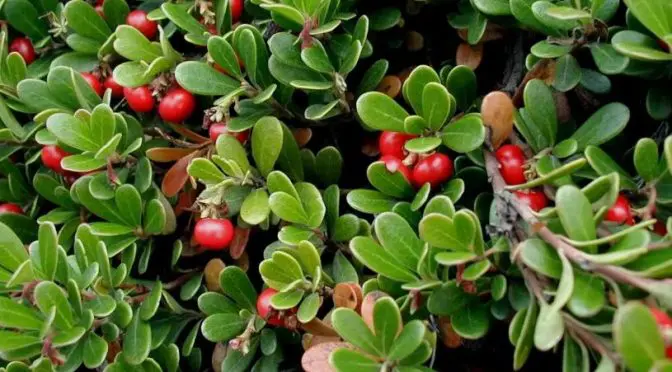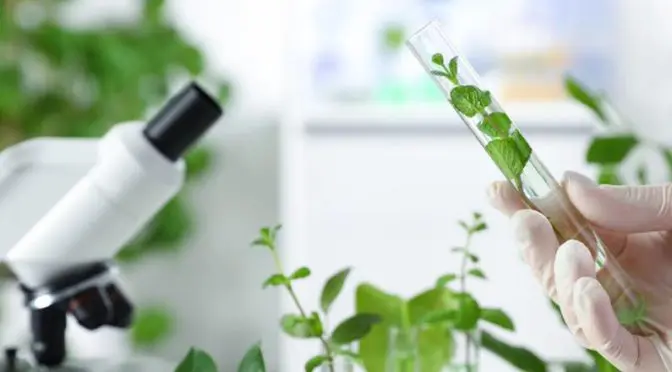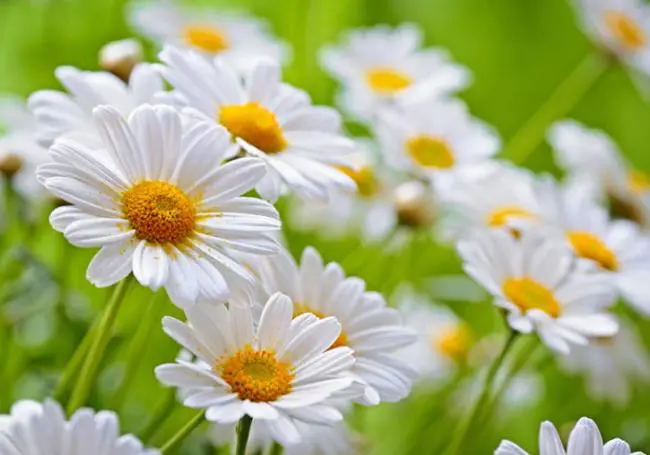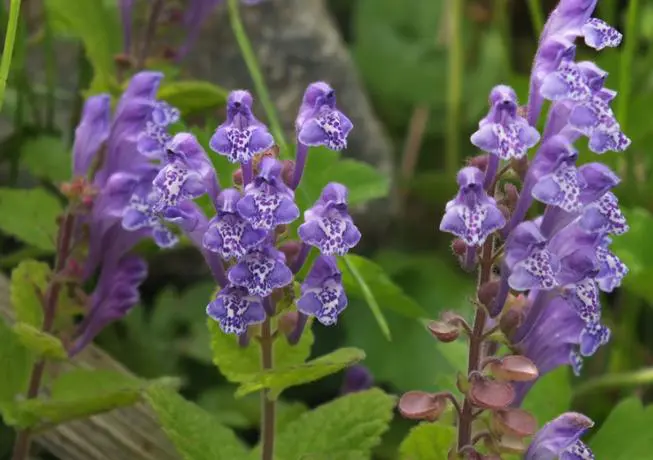Mushrooms have been used for their medicinal properties for centuries. In traditional Chinese medicine, they are prized for their ability to boost energy and vitality. More recently, science has begun to unlock the secrets of these fungi, and the results are nothing short of miraculous.
Cordyceps extract is one of the most promising medicinal mushrooms out there. This unique fungus has a wide range of potential health benefits, from reducing inflammation to boosting cognitive function.
In this article, we’ll take a closer look at cordyceps extract and its many potential benefits. We’ll also explain how to take this supplement and what to look for when purchasing it.
What is cordyceps extract?
Cordyceps is a fungus that lives on certain caterpillars in the high mountain regions of China.
Cordyceps is used to treat coughs, chronic bronchitis, respiratory disorders, kidney disorders, nighttime urination, male sexual problems, anemia, irregular heartbeat, high cholesterol, liver disorders, dizziness, weakness, ringing in the ears, unwanted weight loss, and opium addiction.
It is also used for strengthening the immune system, improving athletic performance, reducing the effects of aging, promoting longer life, and improving liver function in people with hepatitis B.
Cordyceps extract is the water or alcohol extract of the famous Chinese medicine Cordyceps Sinensis. The main active ingredients are nucleoside compounds and polysaccharides, which have anti-inflammatory, anti-tumor, and immune-enhancing effects. It can be used for beauty and moisturizing, anti-wrinkle and whitening, anti-aging, fitness and disease prevention, etc.

The Commercial Cordyceps: Sinensis & Militaris
There are two types of Cordyceps mushrooms that you can buy: Cordyceps Sinensis and Cordyceps militaris.
We give a brief overview of the differences between the two below. However, we encourage you to read our article, Cordyceps Sinensis vs Militaris: What’s the Best Cordyceps Supplement? for a better understanding of each type. The article explains which of these two varieties is preferable over the other when it comes to supplementing with this mushroom.
Wild Cordyceps Sinensis – The Caterpillar Fungus
The most well-known species of Cordyceps mushrooms is Cordyceps Sinensis (now known officially as Ophiocordyceps Sinensis), which infects the caterpillar of the Hepialus moth. It mainly grows at high elevations in Tibet and the Chinese provinces of Sichuan, Yunnan, Qinghai, and Gansu. It can also be found in India, Nepal, and Bhutan, but is less abundant there.
In Tibet, it is known as Yarsagumba or yartsa gunbu and in China, it is known as Dōnɡ Chónɡ Xià Cǎo, which translates to summer grass, winter worm.
Wild Cordyceps sinensis
Wild Cordyceps Sinensis is very rare as it grows in a few regions in the world and on the caterpillar of one very specific moth. This accounts for its hefty price tag.
Wild Cordyceps Sinensis (shown above) is not in 99.9% of Cordyceps supplements because of its exceptionally high price tag. In fact, wild Cordyceps Sinensis costs over $20,000 per kilogram, making it the most expensive mushroom in the world. It is almost exclusively sold in Asia and rarely makes it into the North American market.
The high price tag of Cordyceps Sinensis mushrooms (including the caterpillar) is due to the fact that for many years, Chinese scientists have been unable to cultivate this mushroom. This has fueled increased demand for a set supply of wild Cordyceps Sinensis. Recently Chinese scientists figured out how to cultivate this mushroom, but it is not at a production scale yet to make an impact on wild Cordyceps Sinensis prices.
So, don’t expect to readily (or affordably) be able to get your hands on this pricey mushroom.
Cordyceps Militaris – The Cultivated Alternative
There is currently one type of Cordyceps species that can be commercially cultivated at scale to produce a mushroom (fruiting body), and it is becoming quite popular for use in supplements. This is Cordyceps militaris.
Cordyceps militaris is known as Scarlet Club Fungus, or Caterpillar Killer in the U.S. It is the Cordyceps species that can grow on the largest variety of insects and can be found widely in North America and Asia. They are commonly found in the mountains, and in bogs.
This Cordyceps variety can be commercially cultivated at scale rather easily. By using Cordyceps militaris, for the first time, true Cordyceps mushroom extracts can be made.

Cordyceps militaris
The militaris species of Cordyceps can be cultivated, making it possible and affordable to bring Cordyceps supplements to a wide market.
What nutrients do cordyceps provide?
In Cordyceps, there occurs a wide range of nutritionally important components including various types of essential amino acids, vitamins like B1, B2, B12, and K, different kinds of carbohydrates such as monosaccharides, oligosaccharides, and various medicinally important polysaccharides, proteins, sterols, nucleosides, and other trace elements In the fruiting body and in the corpus of C. militaris, the reported total free amino acid content is 69.32 and 14.03 mg/g, respectively.
The fruiting body harbors many abundant amino acids such as lysine, glutamic acid, proline, and threonine as well. The fruiting body is also rich in unsaturated fatty acids (e.g., linoleic acid), which comprise about 70 % of the total fatty acids.
Health Benefits of Cordyceps Mushrooms
Cordiceps Can Improve Physical Performance
In one study scientists tested the effects of Cordyceps on physical performance. Researchers found that the group given most of the products containing Cordyceps experienced improved lactate clearance due to improved lactate energy metabolism within the cell.
Hence the authors concluded that using this C. Sinensis formulation would enhance lactate clearance and allow athletes greater anaerobic physical performance.
Another study (2017) found that acute supplementation with a Cordyceps militaris containing mushroom blend may improve tolerance to high-intensity exercise, and greater benefits may be elicited with consistent chronic supplementation.
Studies have shown that taking Cordyceps improves physical performance and tolerance to high-intensity exercise. However, according to some recent studies, consuming Cordyceps or a combination of roseroot and Cordyceps does not improve physical durability in trained male cyclists.

Cordiceps Has an Anti-Aging Effect
It is believed, that Cordyceps Sinensis is an anti-aging traditional Chinese herb, and now scientists have proved it to be the truth. One study made on mice, demonstrated, that mice who received Cs-4 (C. Sinensis) lived several months longer than mice who received a placebo.
In conclusion, researchers found that Cs-4 reverses age-related changes in gene expression (GE) and extends the lifespan of mice, supporting the traditional belief that Cs-4 conveys anti-aging benefits to humans.
Also, several other studies done on mice have demonstrated that Cordyceps can improve brain function and antioxidative enzyme activity in mice with d-galactose-induced senescence and promote sexual function in castrated rats. All these studies indicate that Cordyceps may have an antiaging effect.
Another study found that C. Sinensis oral liquid (CSOL) prolongs the lifespan of the fruit fly, Drosophila melanogaster, by inhibiting oxidative stress. So CSOL may thus be explored as a novel agent for slowing the human aging process.
According to experiments done on mice – Cordyceps has an anti-aging effect.
Cordyceps Can Help to Control Type 2 Diabetes
Diabetes is a disease in which the body either does not produce insulin or is resistant to it. Insulin is a hormone that transmits glucose to the cells where it is converted into energy.
When your body does not produce enough insulin or the body develops resistance to it, glucose cannot enter the cells and will remain in the blood. Over time, excess blood glucose can lead to serious health problems. Therefore, diabetics should monitor their blood glucose levels.
Several experiments in diabetic mice have shown promising results.
For example, the results of one study revealed that the fruiting body of Cordyceps attenuated the diabetes-induced weight loss, polydipsia, and hyperglycemia, and these improvements suggest that the fruiting body of Cordyceps may be prospective to be a useful food for diabetes.
In an other study, Cordyceps showed antinephritic and antidiabetic action in diabetic rats.
Finally, the results of the third study demonstrated that Cordyceps (Cm) increased insulin sensitivity and decreased blood glucose levels without changes in body weight. These results indicated that Cm possesses strong anticholesterolic, hypoglycemic and antihypertriglyceridemic activity and may be an economical alternative for Diabetes care.

Possible Benefits for Heart Health
As research emerges on the effects of Cordyceps on heart health, the benefits of the fungi are becoming increasingly apparent.
In fact, Cordyceps is approved in China for the treatment of arrhythmia, a condition in which the heartbeat is too slow, too fast, or irregular.
A study found that Cordyceps significantly reduced heart injuries in rats with chronic kidney disease. Injuries to the heart from chronic kidney disease are thought to increase the risk of heart failure, so reducing these injuries may help avoid this outcome.
The researchers attributed these findings to the adenosine content of Cordyceps. Adenosine is a naturally occurring compound that has heart-protective effects.
Cordyceps may also have a beneficial effect on cholesterol levels.
Animal research has shown that Cordyceps decrease “bad” LDL cholesterol.
LDL can raise your risk of heart disease by leading to the buildup of cholesterol in your arteries.
Similarly, Cordyceps has been shown to decrease triglyceride levels in mice.
Triglycerides are a type of fat found in your blood. High levels are linked to a greater risk of heart disease.
Cordyceps Can Help Against Inflammation
Although inflammation can sometimes be good, excessive inflammation can cause diseases such as heart disease and cancer. Studies have found that Cordyceps Sinensis is an immunomodulatory agent and that immunosuppressive ingredients are contained in C. Sinensis.
Researchers also propose that the C. pruinosa extract represses inflammation because it suppresses NF-kappaB-dependent inflammatory gene expression. This means that C. pruinosa may be useful in treating endotoxin shock or sepsis.
Cordyceps also demonstrated topical anti-inflammatory action in croton oil-induced ear edema in mice. In brief, this study demonstrated that C. militaris possesses anti-inflammatory and antinociceptive activities. Also a related to antioxidant, anti-angiogenic, and NO production-inhibitory activities.
The results of one study demonstrated that Cordyceps suppresses the production and expression of:
- NO, iNOS (mediators of inflammation),
- and pro-inflammatory cytokines, which may play an important role in inflammation.
These findings suggest that Cordyceps has modulatory effects on the inflammatory system in macrophages and that it can serve as a useful anti-inflammatory dietary supplement or drug.
how long does cordyceps extract last?
since most of the beneficial substances in cordyceps, including cordycepin, are water-soluble, you may notice the effects of this fungus almost immediately.
Your body will absorb the water-soluble substances in cordyceps within 24-48 hours. Lipid-soluble substances in this fungus will take 2-4 days to fully absorb.
The water-soluble substances in cordyceps will only remain in your body for around 24 hours after they are fully absorbed. Any lipid-soluble substances in this fungus, however, will remain in your body for at least 3-5 days after absorption.
Tips on Supplementing with Cordyceps
Cordyceps Sinensis is difficult to harvest and carries a price tag of more than $9,000 USD per pound (32Trusted Source).
For this reason, the majority of Cordyceps supplements contain a synthetically grown version called Cordyceps CS-4.
To ensure you buy high-quality Cordyceps supplements, look for brands that carry the United States Pharmacopeia (USP) or NSF International (NSF) seal (45Trusted Source).
These are third-party organizations that ensure supplements contain the ingredients listed on the label, without impurities.
FocusHerb simplifies usage by offering encapsulated organic cordyceps extract capsules, and we also offer organic cordyceps mushroom extract powder in sachets so the extract can be easily incorporated into healthy recipes. Once you discover the joy of taking our Cordyceps powder, its uses in smoothies, stews, coffee, stir-fries, and other foods and beverages are endless.
FocusHerb offers quality cordyceps mushroom supplements in a variety of formats. It can be easily stirred into your morning latte or your post-workout smoothie.
Alternatively, capsules containing the same high-quality powder can be swallowed as a quick and convenient way to get your daily dose. If you’re looking to take advantage of the benefits of functional mushroom products, shop now or subscribe to save!










